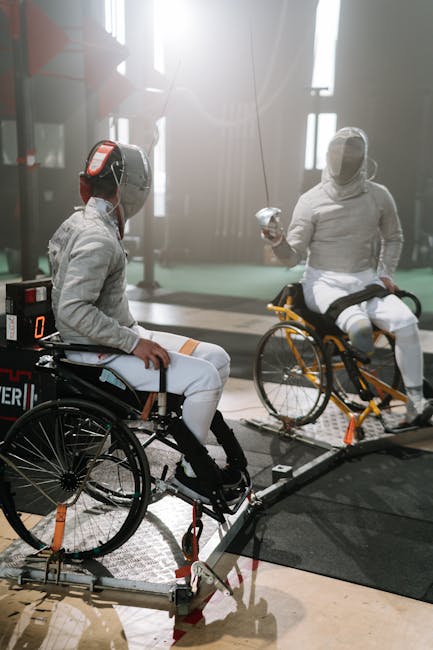
Visa Requirements for Aurora Borealis Research
Visa Requirements for Aurora Borealis Research
The ethereal dance of the Aurora Borealis, or Northern Lights, has captivated scientists and enthusiasts alike for centuries. Conducting research on this breathtaking natural phenomenon often requires traveling to remote Arctic regions, where visa regulations can be as complex as the geomagnetic storms that produce the lights themselves. Understanding the visa requirements for Aurora Borealis research is essential for scientists, students, and photographers planning expeditions to countries like Norway, Sweden, Finland, Canada, and Alaska (USA).
Research Visa vs. Tourist Visa
While some researchers may assume a standard tourist visa suffices for short-term observations, many countries distinguish between leisure travel and scientific activities. A research visa—or a specific permit for scientific work—may be mandatory if the expedition involves data collection, equipment deployment, or collaboration with local institutions. For example:
- Norway and Sweden: Require non-EU researchers to obtain a residence permit for research stays exceeding 90 days.
- Canada: May demand a work permit if the research involves partnerships with Canadian universities or government agencies.
- USA (Alaska): J-1 visas are common for exchange researchers, while B-1 visas may cover short-term scientific visits.
Documentation and Permits
Beyond visas, additional documentation is often necessary:
- Invitation letters from host institutions or research collaborators.
- Research permits from local authorities, especially in protected areas like Svalbard (Norway) or Yukon (Canada).
- Equipment declarations for specialized instruments, such as magnetometers or cameras, to avoid customs issues.
Special Considerations for Arctic Regions
The Arctic’s unique geopolitical status adds layers of complexity. Researchers bound for Svalbard, a visa-free zone under the Svalbard Treaty, must still transit through mainland Norway, which requires Schengen compliance. Similarly, Indigenous lands in Canada or Alaska may necessitate additional permissions from local communities.
Planning Ahead
Given lengthy processing times—up to 3 months for some visas—early preparation is critical. Consulting embassy websites and partnering with local research organizations can streamline the process. For EU citizens, the freedom of movement within Schengen countries simplifies logistics, but non-EU nationals must navigate stricter protocols.
Ultimately, securing the right visa ensures compliance with international laws and paves the way for groundbreaking discoveries beneath the shimmering auroras. Whether chasing the lights for academic study or artistic inspiration, proper documentation is as vital as a warm coat in the polar night.







